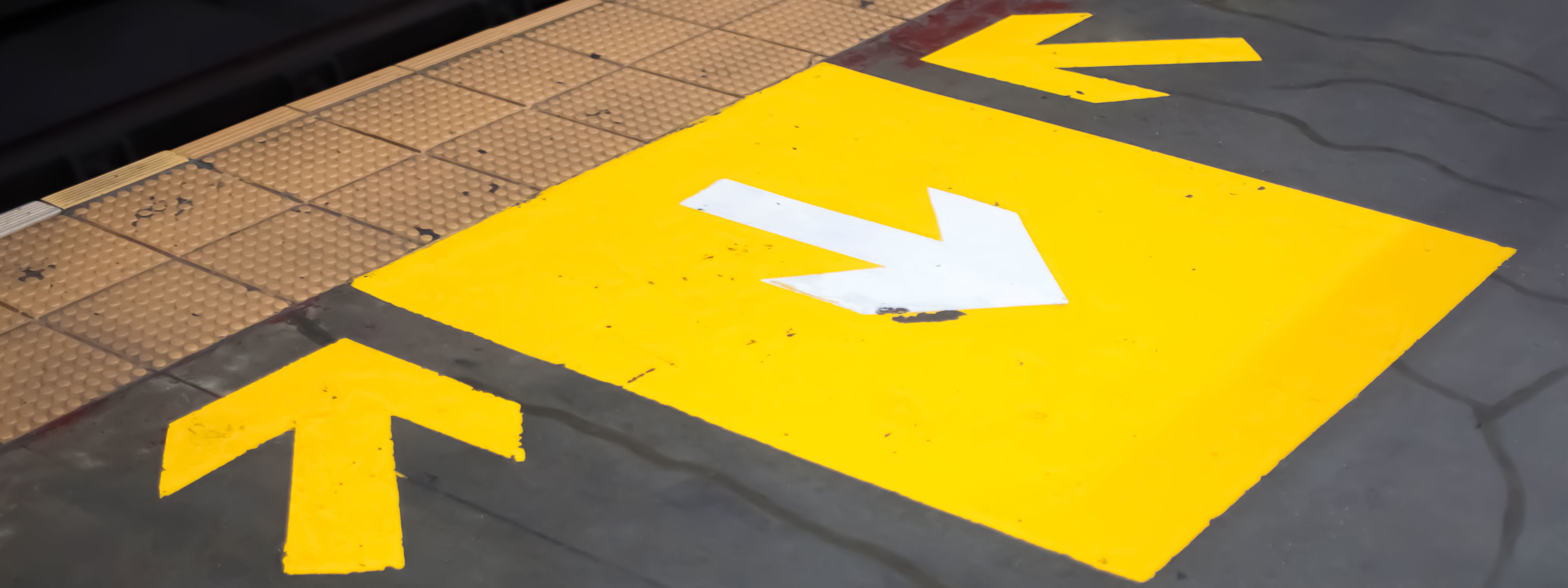
USTR Issues Details of the Proposed Section 301 China Tariff Increases, Seeking Public Input
5 min read
On May 22, 2024, the United States Trade Representative ("USTR") unveiled the details of the proposed increases in Section 301 tariffs on imports from China.1 If adopted, the action would raise tariffs on solar power products, electric vehicles, batteries, critical minerals, semiconductors, ship-to-shore gantry cranes, steel and aluminum products, and certain medical supplies. USTR first announced the new tariffs on May 14, 2024, but did not provide details at that time.2 The advance copy of the Federal Register Notice circulated on May 22 (the "Notice") provides important details on the products to be covered by the new tariffs at the Harmonized Tariff Schedule ("HTS") 8-digit and 10-digit level, the dates on which the tariffs are proposed to enter effect, and the coverage of the two tariff exclusion systems. Details on how companies can apply for the new tariff exclusions and the status of the current exclusion lists were not included in the Notice. USTR has said it will make additional announcements to clarify those aspects soon.
Covered products and implementation schedule
Annex A of the Notice lists 382 HTS-8 codes and 5 HTS-10 codes that the increased tariffs would cover. The tariffs listed as entering effect this year would be implemented beginning on August 1, 2024. The tariffs scheduled for 2025 and 2026 would enter effect on January 1 of their respective years. The proposed new tariff levels and dates of entry into force are summarized below by sector:
| Sector Category | Proposed Tariff and Application Date |
| Battery parts (non-lithium-ion batteries) | 25% on August 1, 2024 |
| Electric vehicles | 100% on August 1, 2024 |
| Lithium-ion electrical vehicle batteries | 25% on August 1, 2024 |
| Respirators and facemasks | 25% on August 1, 2024 |
| Syringes and needles | 50% on August 1, 2024 |
| Ship to shore gantry cranes | 25% on August 1, 2024 |
| Solar cells (whether or not assembled into modules) | 50% on August 1, 2024 |
| Steel and aluminum products | 25% on August 1, 2024 |
| Critical minerals | 25% on August 1, 2024 |
| Semiconductors | 50% on January 1, 2025 |
| Lithium-ion non-electrical vehicle batteries | 25% on January 1, 2026 |
| Rubber medical and surgical gloves | 25% on January 1, 2026 |
| Permanent magnets | 25% on January 1, 2026 |
| Natural graphite | 25% on January 1, 2026 |
Like the other Section 301 tariffs, the new tariffs would only apply to direct imports of the listed products which are of Chinese origin. The tariffs would generally not apply to downstream products, whether imported from China or a third country, that are under different HTS codes.
New exclusion processes for industrial machinery
USTR intends to establish a new exclusion process under which companies may request that specific products be excepted from the Section 301 tariffs. Unlike previous exclusion processes that applied to all covered products, this new exclusion process will only apply to machinery used in domestic manufacturing that is classified within certain HTS subheadings under Chapters 84 and 85. The eligible HTS subheadings are listed in Annex B of the Notice. Granted exclusions will be effective through May 31, 2025.
USTR will have to establish a procedure for companies to file these exclusion requests, which they will explain in a separate forthcoming notice.
Solar manufacturing equipment exclusion
USTR is proposing 19 automatic tariff exclusions for solar manufacturing equipment. These exclusions will be effective upon the date of the Notice and will last through May 31, 2025. The exclusions are based on product description instead of HTS codes and can be found in Annex C of the Notice. The products are all within HTS 8486.10.0000, 8486.20.0000, and 8486.40.0030. USTR originally applied tariffs to these products as part of the List 2 trade action in 2018.
Status of the current exclusions
USTR's Notice does not explain what will become of the current tariff exclusion list. As the four-year review has proceeded over the past two years, USTR has maintained 352 general exclusions and 77 COVID-related exclusions. Those exclusions will all expire on May 31, 2024, unless extended by USTR. In the past, USTR has often announced exclusion extensions with only a few days' notice, so an announcement near the end of the month remains possible.
Request for public comments
This Notice is only a proposal, not the final action. USTR is accepting comments on the proposed changes until June 28, 2024. Participating in the public comment process can help shape the outcome of the action and prompt USTR to further clarify its actions. USTR's responses may also inform any potential legal challenge should a final action be adopted. USTR will open a docket on May 29, 2024 through the USTR Comments Portal for the public to submit comments on the Notice.
USTR's specific questions for public consideration include:
- The effectiveness of the proposed modification in obtaining the elimination of or in counteracting China's acts, policies, and practices related to technology transfer, intellectual property, and innovation.
- The effects of the proposed modification on the US economy, including consumers.
- The scope of the product description to cover ship-to-shore cranes under subheading 8426.19.00 (transporter cranes, gantry cranes, and bridge cranes).
- For facemasks, medical gloves, and syringes and needles, whether the tariff rates should be higher than the proposed rates.
- For facemasks, whether additional statistical reporting codes under tariff subheading 6307.90.98 should be included.
- Whether the tariff subheadings identified for each product and sector adequately cover the products and sectors included in the President's direction to the Trade Representative.
- Whether the subheadings listed in Annex B should or should not be eligible for consideration in the machinery exclusion process and whether Annex B omits certain subheadings under Chapters 84 and 84 that cover machinery used in domestic manufacturing and should be included.
- For the proposed solar manufacturing machinery exclusions in Annex C, USTR requests comments on the scope of each exclusion, including any suggested amendments to the product description.
1 "Request for Comments on Proposed Modifications and Machinery Exclusion Process in Four-Year Review of Actions Taken in the Section 301 Investigation: China's Acts, Policies, and Practices Related to Technology Transfer, Intellectual Property, and Innovation," Docket Number USTR-2024-0007.
2 "U.S. Trade Representative Katherine Tai to Take Further Action on China Tariffs After Releasing Statutory Four-Year Review," USTR, May 14, 2024; and "Fact Sheet: President Biden Takes Action to Protect American Workers and Businesses from China's Unfair Trade Practices," White House, May 14, 2024; and see White & Case's commentary on the May 14 announcement at "Biden Administration Expands Section 301 Tariffs on Imports from China, Targeting Green Energy, Metals, Minerals, Port Cranes, Medical Supplies, and Semiconductors."
White & Case means the international legal practice comprising White & Case LLP, a New York State registered limited liability partnership, White & Case LLP, a limited liability partnership incorporated under English law and all other affiliated partnerships, companies and entities.
This article is prepared for the general information of interested persons. It is not, and does not attempt to be, comprehensive in nature. Due to the general nature of its content, it should not be regarded as legal advice.
© 2024 White & Case LLP



